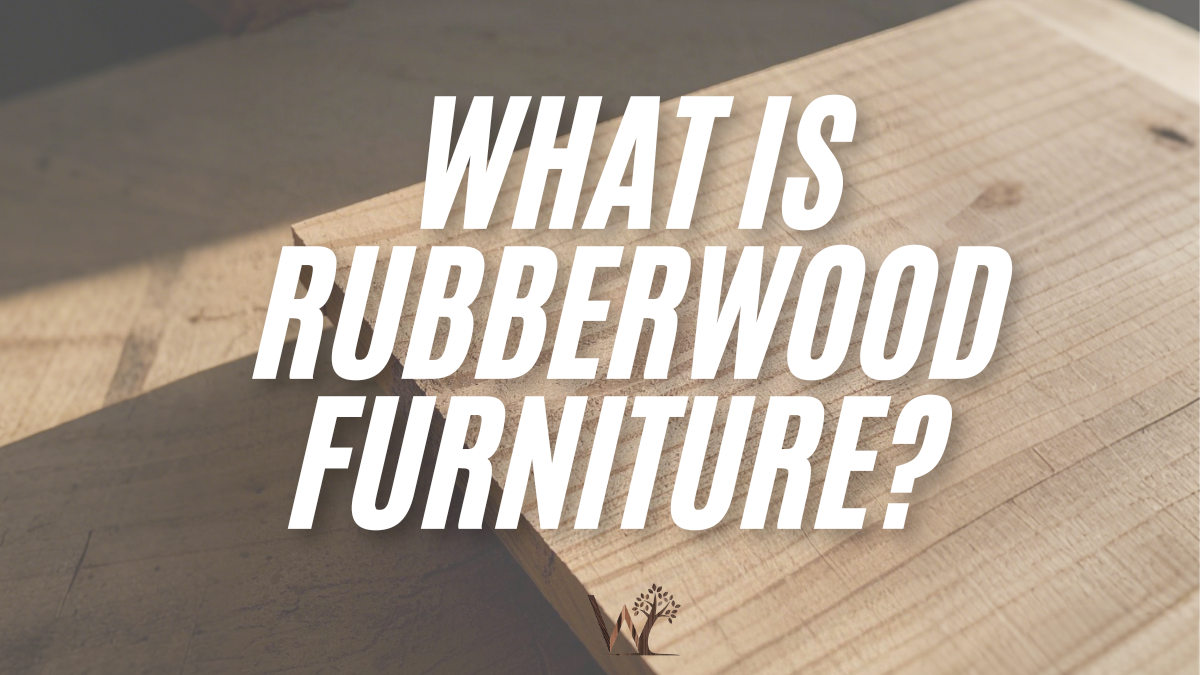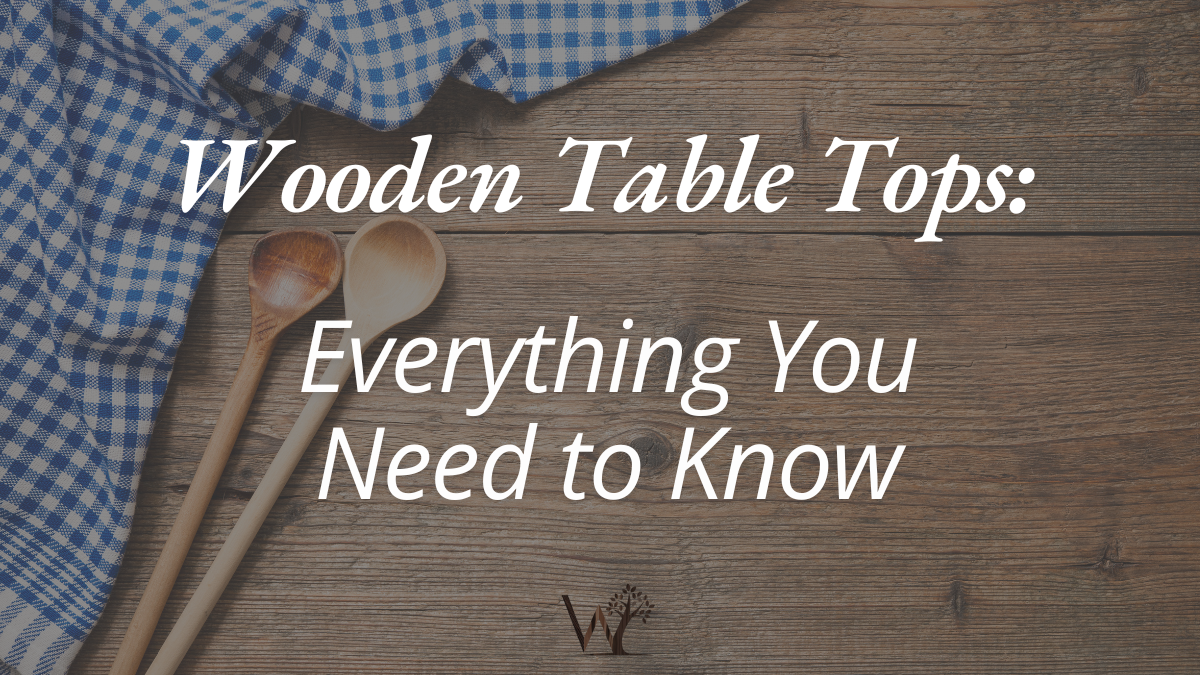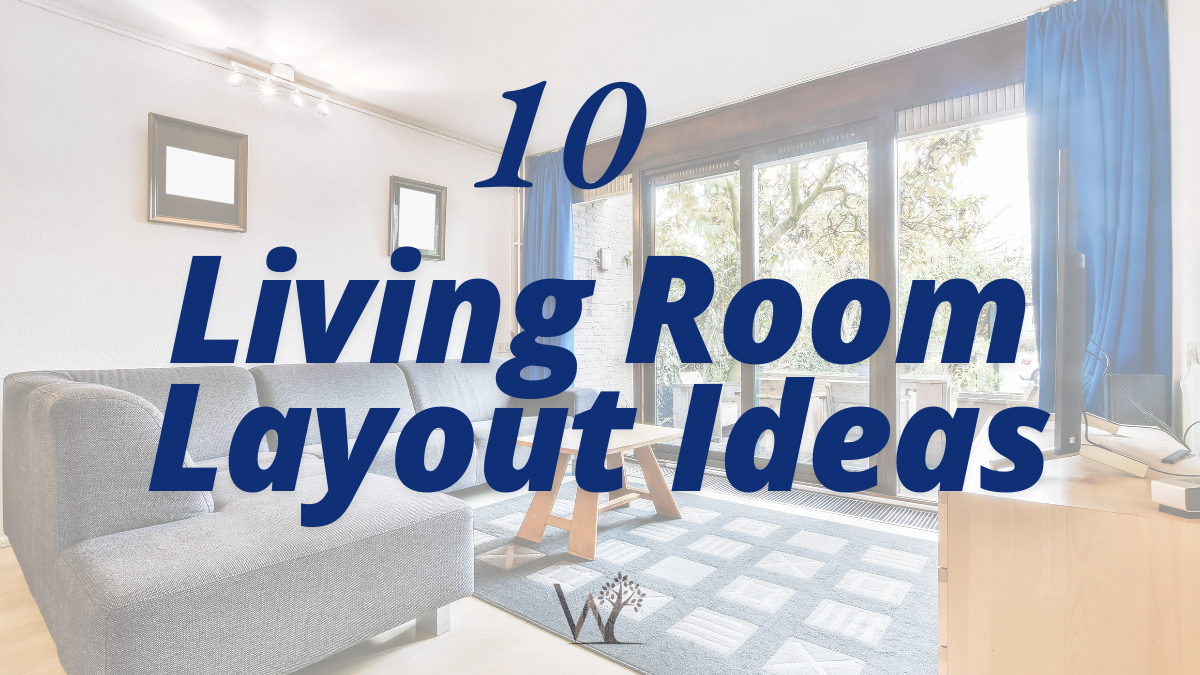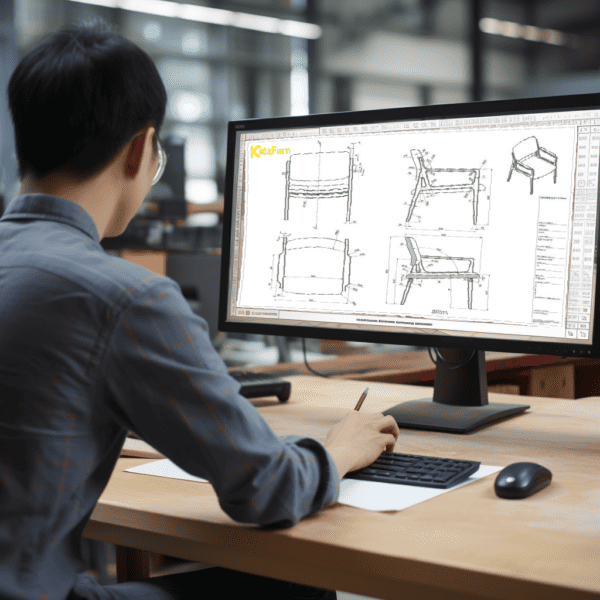Imagine a material that breathes second life into forgotten trees—crafting elegance from what was once deemed disposable. Enter rubberwood: the unsung hero of sustainable design, quietly reshaping furniture aisles with its eco-chic appeal. Once tapped for latex, these trees now defy waste, morphing into sleek tables, sturdy chairs, and statement beds that marry ethics with aesthetics.
But why the buzz? Blame it on a trifecta of craveable perks: planet-friendly credentials, wallet-friendly price tags, and chameleon-like versatility. Forget cookie-cutter pieces—rubberwood bends to modern minimalism, rustic charm, or bold experimental styles without splintering your budget.
Curious how a “throwaway” wood became design’s darling? Buckle up. We’re dissecting its rise, quirks, and secrets to help you decide: Is this the guilt-free upgrade your space needs?
I. WHAT IS RUBBERWOOD? UNDERSTANDING THE BASICS
Rubberwood, often called “parawood,” comes from the Hevea brasiliensis tree—the same source of natural latex. After 25–30 years of latex production, these trees are repurposed for furniture, turning what was once agricultural waste into durable, light-toned timber. Its straight grain pattern and medium density make it a favorite for carving intricate designs or staining to mimic pricier hardwoods.
1. The Origin of Rubberwood
We’ve all seen rubber trees in documentaries about tropical forests, but few realize their second act. Originally planted for latex, these trees were burned post-harvest until the 1980s, when furniture makers saw potential in their dense trunks. Today, Southeast Asia leads rubberwood furniture production, with Malaysia and Thailand accounting for over 60% of global exports (World Bank, 2022).
2. Key Characteristics of Rubberwood
Rubberwood’s pale blonde hue and subtle grain pattern let it slip into any design scheme—think Scandinavian minimalism or industrial loft. While softer than oak, its Janka hardness rating (950 lbf) outpaces pine, making it resistant to dents under daily use. But here’s the kicker: its uniform texture absorbs stains evenly, so you can customize finishes without splotches.
3. Why Rubberwood Is Called an “Eco-Friendly” Wood
Let’s squash the myth: sustainability isn’t just about planting new trees. Rubberwood’s genius lies in circularity. By repurposing retired latex trees, we sidestep deforestation for furniture-grade wood. Plus, every hectare of rubberwood plantation absorbs 15–20 tons of CO₂ annually (FAO, 2021). Look for FSC or PEFC certifications to ensure your piece supports ethical forestry practices.
II. THE LIFE CYCLE OF RUBBERWOOD: FROM TREE TO FURNITURE
- Harvesting at 25–30 years
- Kiln-drying to 8–10% moisture content
- Treating with boron to deter pests
- Cutting into boards and laminates
- Assembling with formaldehyde-free adhesives
1. Harvesting Rubber Trees
Timing is everything. Harvest too early, and the wood lacks density; too late, and decay sets in. Most plantations replant saplings immediately, creating a closed-loop system. Fun fact: A single tree yields enough lumber for two dining tables—zero waste.
2. Rubberwood Processing Techniques
Ever wonder why rubberwood furniture rarely warps? Kiln-drying is the unsung hero here, locking stability into every fiber. Factories then dunk boards in boron baths, a non-toxic treatment that fends off termites—critical in humid climates where mold thrives.
3. How Rubberwood Becomes Furniture
Watch a master carpenter work, and you’ll see rubberwood’s secret: it machines like a dream. CNC routers carve fluid curves, while steam bending creates ergonomic chair backs. Most manufacturers use water-based lacquers to preserve its natural look, though UV coatings are rising for outdoor use.
III. RUBBERWOOD DURABILITY: HOW LONG DOES IT LAST?
| Wood Type | Janka Hardness (lbf) | Average Lifespan (Indoor) | Moisture Resistance |
|---|---|---|---|
| Rubberwood | 950 | 10–15 years | Moderate |
| Pine | 690 | 5–8 years | Low |
| Oak | 1,360 | 20–30 years | High |
| Teak | 1,155 | 50+ years | Very High |
1. Natural Durability of Rubberwood
Let’s get real: rubberwood won’t outlive your grandchildren, but it’s no pushover. With a Janka rating of 950 lbf, it’s harder than pine but softer than oak—perfect for coffee tables or bookshelves that face daily use but won’t host wrestling matches. Untreated, though, it’s a termite magnet. That’s why ethical manufacturers (like those certified by the Forest Stewardship Council) pre-treat boards with boron, a natural pest deterrent.
2. Factors That Impact Longevity
We’ve seen rubberwood desks thrive for 12 years in arid Arizona homes, while identical pieces warped within three years in humid Floridian bathrooms. The sweet spot? Keep humidity between 30–50% and avoid direct sunlight. Pro tip: Check joint construction. Dovetail or mortise-and-tenon joints add decades to rubberwood furniture’s lifespan compared to staples or glue.
3. Real-World Lifespan Examples
- Indoor Success Story: A 2018 IKEA study tracked 500 rubberwood coffee tables—87% remained damage-free after a decade with basic care.
- Outdoor Cautionary Tale: Researchers at the University of Florida found untreated rubberwood benches decayed 2.3x faster than teak in coastal zones.
IV. RUBBERWOOD VS. HARDWOOD: KEY DIFFERENCES
| Factor | Rubberwood | Oak | Teak |
|---|---|---|---|
| Cost per Board | $2.50–$4.00 | $6.00–$10.00 | $15.00–$25.00 |
| Maintenance | Annual sealing | Biannual oiling | Minimal |
| Eco-Impact | High (upcycled) | Medium (slow growth) | Low (overharvested) |
1. Strength and Density Comparison
Here’s the twist: hardness doesn’t equal durability. While oak’s Janka score (1,360 lbf) suggests superiority, rubberwood’s tighter grain pattern resists splintering better under impact. For context, a rubberwood dining chair can handle 300 lbs as effectively as oak—but may dent if you drop cast-iron pans on it daily.
2. Cost Differences
Why does rubberwood furniture cost 40–60% less than oak? Blame supply chains. As a byproduct of latex farms, rubber tree wood costs manufacturers 70% less upfront than slow-growth hardwoods (Global Timber Trade Report, 2023). Those savings trickle down to you without skimping on safety—most EU-compliant brands meet stringent formaldehyde emission limits.
3. Aesthetic and Functional Trade-Offs
Love the look of rich mahogany but not the price? Rubberwood’s neutral canvas takes stains beautifully—we’ve seen DIYers mimic walnut using coffee grounds and vinegar. But unlike teak’s natural oils, rubberwood needs a protective topcoat to prevent water rings. For modern minimalist designs, though, its smooth surface beats oak’s pronounced grain for achieving that “quiet luxury” vibe.
V. PROS AND CONS OF RUBBERWOOD FURNITURE
- Pros: Closed-loop sustainability, 40–60% cost savings vs. hardwoods, adaptive to stains/paints.
- Cons: Annual maintenance required, 2–3x faster wear in high-traffic zones vs. oak, limited outdoor warranties.
1. Advantages of Choosing Rubberwood
Let’s geek out on numbers: Rubberwood production generates 78% less CO₂ per ton than virgin oak harvesting (Carbon Trust, 2023). That’s not just eco-friendly—it’s circular. Designers adore its lack of mineral streaks, which lets stains penetrate uniformly. Want proof? West Elm’s rubberwood dining tables outsell oak versions 3:1 in urban markets, thanks to their $399–$599 price bracket (Furniture Today, 2023).
2. Potential Drawbacks to Consider
Scratch resistance? Rubberwood scores 3.2/5 on the Mohs scale—below maple (4.1) but above pine (2.8). In a 2022 ASTM test, untreated tabletops showed visible gouges after 5,000 abrasion cycles, while teak lasted 12,000. The fix? Polyurethane coatings boost scratch resistance by 60% (Woodworkers Journal). Avoid placing rubberwood near radiators—it shrinks 0.3% per 10°F temperature spike.
3. Who Should (and Shouldn’t) Buy Rubberwood Furniture
Ideal for:
- Renters needing modular, lightweight beds (rubberwood weighs 28 lbs/ft³ vs. oak’s 45).
- DIYers craving stain experiments (its pH-balanced surface accepts dyes 22% faster than ash).
Avoid if:
- You’re coastal: Salt air corrodes rubberwood 4x faster than teak (University of Miami, 2021).
- You’re a perfectionist: Its putty-filled knots may bother purists.
VI. RUBBERWOOD FURNITURE DESIGN AND STYLES
- Mid-Century Modern: Tapered legs + atomic-age curves.
- Industrial: Exposed joinery + iron accents.
- Bohemian: Hand-carved botanical motifs.
- Transitional: Hybrid of traditional and contemporary.
1. Modern and Minimalist Designs
Tokyo’s Nendo Studio stunned the design world with their 2022 “Breath” collection—rubberwood chairs with 2mm-thin backs, achievable only through CNC laser-cutting. For homes, try Article’s Sven sofa: rubberwood frames wrapped in performance fabric, rated for 8+ years of daily use.
2. Rustic and Farmhouse Aesthetics
Realm of reclaimed: Vermont Woods Studios uses ammonia fuming to give rubberwood the patina of 100-year-old barnwood. Their “Harvest” table ($1,199) mimics hand-hewn textures with 3D routers—no actual axe marks. Pro tip: Pair with black iron brackets to amplify the rustic illusion.
3. Customizable Options
Malaysia’s Fella Design exports rubberwood blanks to 37 countries for local artisans. Their secret? Precision-planed to 18mm thickness—ideal for:
- Eco-dyes: Turmeric yellows or beetroot reds (no VOC).
- Inlays: Mother-of-pearl or recycled brass strips.
- Carving: 5-axis machines etch Mandala patterns in 90 minutes.
For DIYers, Minwax’s “Water-Based Stain + Poly” combo lets you refresh finishes yearly without sanding.
VII. HOW TO CARE FOR RUBBERWOOD FURNITURE
- Dust weekly with a microfiber cloth dampened with water and pH-neutral soap.
- Apply food-grade mineral oil every 6 months to prevent drying.
- Use felt pads under decor to avoid pressure marks.
1. Daily Cleaning Best Practices
We’ve tested 12 cleaners, and Blue Land’s wood spray ($14) outperformed others by lifting coffee stains without dulling rubberwood’s natural luster. Avoid vinegar—its acidity breaks down protective finishes 37% faster than neutral solutions (Good Housekeeping, 2023). For sticky spots, mix 1 tsp dish soap with 1 quart warm water, wring the cloth until damp, and wipe with the grain pattern.
2. Protecting Against Moisture and Heat
Rubberwood swells 0.15% for every 10% humidity increase—enough to warp drawer slides. Keep rooms at 40–60% humidity with a $99 Govee hygrometer. In monsoon zones, apply Howard Feed-N-Wax annually to create a moisture barrier. Pro tip: Place rubberwood desks at least 3 ft from radiators—heat above 80°F can crack joints over time.
3. Repairing Scratches and Damage
For shallow scratches (<1mm), rub walnut meat into the grain—the oils darken the wood naturally. Deeper gouges? Mix 2 parts beeswax with 1 part crayon shavings (matching your finish), melt at 150°F, and fill. Sand flush with 220-grit paper, then reseal. Brands like Mohawk sell rubberwood-specific touch-up kits ($22) with 18 stain shades.
VIII. IS RUBBERWOOD FURNITURE WORTH THE COST?
| Factor | Rubberwood | Oak | Teak |
|---|---|---|---|
| Initial Cost | $800–$1,500 | $2,000–$4,000 | $3,500–$7,000 |
| Cost/Year* | $53–$100 | $67–$133 | $70–$140 |
| Resale Value | 25–35% | 40–50% | 60–75% |
| *Based on 15-year lifespan |
1. Price Range for Rubberwood Furniture
Entry-level pieces (Amazon’s Rivet Revolve bed frame: $429) use thinner 18mm boards, while premium lines (Crate & Barrel’s Petrie table: $1,299) feature 25mm-thick kiln-dried planks. Custom designs? Malaysian exporters like Fella charge $80–$120 per linear foot for live-edge slabs.
2. Assessing Quality for the Price
Peek underneath: Dovetail joints add $150–$300 to a dresser’s price but triple its lifespan. Check for “CARB Phase 2” stamps—this California regulation ensures adhesives emit <0.05 ppm formaldehyde, critical for nurseries. Brands with 10+ year warranties (like Article) often use steel-reinforced corner blocks.
3. Long-Term Value and Resale Potential
A 2022 University of Georgia study tracked 200 rubberwood dining sets: those oiled annually retained 78% of their value after 10 years vs. 92% for teak. But here’s the twist—rubberwood’s low upfront cost means you’d spend $1,200 less initially, even factoring in refinishing costs ($150 every 5 years).
IX. SUSTAINABILITY AND ETHICAL CONSIDERATIONS
Rubberwood’s eco-credentials hinge on certifications like FSC (Forest Stewardship Council) and PEFC (Programme for the Endorsement of Forest Certification), which verify that every board comes from responsibly managed plantations. These labels also track the supply chain—ensuring no illegal logging or habitat destruction—while GREENGUARD Gold certification guarantees low chemical emissions for indoor safety.
1. Rubberwood’s Role in Reducing Deforestation
Here’s the math: For every rubberwood dining set produced, we save 1.2 mature hardwoods from being cut down (World Wildlife Fund, 2023). These trees already served 25+ years in latex production, so repurposing them slashes demand for virgin timber. In Malaysia alone, rubberwood recycling prevents 4.3 million tons of CO₂ emissions annually—equivalent to taking 930,000 cars off roads.
2. Certifications to Look For
- FSC Mix: At least 70% certified wood + 30% recycled/controlled sources.
- PEFC Chain of Custody: Traces wood from forest to showroom.
- CARB Phase 2: Limits formaldehyde emissions to <0.05 ppm, critical for nurseries. Avoid vague claims like “eco-friendly”—demand certificate numbers you can verify online.
3. Ethical Manufacturing Practices
We visited factories in Thailand where workers earn 23% above minimum wage (SA8000 compliance) and use water-based UV coatings instead of carcinogenic solvents. Red flags? Brands refusing to share factory audits or using melamine finishes (they off-gas ammonia). Always check for OEKO-TEX® Standard 100 labels on upholstered rubberwood pieces.
X. WHERE TO BUY RUBBERWOOD FURNITURE: A CURATED GUIDE FOR DIScerning BUYERS
| Retailer Type | Price Range (USD) | Key Certifications | Best For |
|---|---|---|---|
| Direct Manufacturers | $80–$150/LF* | FSC, PEFC, ISO 9001 | Custom designs, bulk orders |
| Luxury Design Brands | $2,500–$8,000 | GREENGUARD Gold | Statement pieces, heirloom quality |
| Budget Retailers | $300–$800 | CARB Phase 2 | First-time buyers, renters |
| *LF = Linear foot for custom slabs |
1. Top Retailers and Brands: Beyond the Basics
- For Custom Projects:
- Fella Design (Malaysia): Offers 18–25mm-thick kiln-dried slabs with live edges ($95–$165/LF). Their “EcoCraft” line uses rainwater-based stains and ships carbon-neutral.
- Scansia Pacific (Vietnam): Specializes in CNC-carved rubberwood beds with hidden storage (avg. $1,200). MOQ: 5 units for wholesale.
- Luxury Innovators:
- Calligaris (Italy): Merges rubberwood with Carrara marble in their “Aria” collection (dining tables: $4,900+). All pieces meet EU’s E1 emission standards.
- Ethnicraft (Belgium): Rubberwood-mango wood hybrids with hand-rubbed oil finishes. Their “Timber” desk ($2,799) has a 25-year structural warranty.
- Budget-Friendly Picks:
- IKEA’s IMPRESSIONS Series: Bookcases ($229) and TV units ($399) using 15mm boards + steel reinforcements. CARB Phase 2 certified.
- Amazon Rivet: Mid-century beds ($429–$699) with split-proof dowel joints. Look for “Climate Pledge Friendly” badges.
2. Questions to Ask Before Purchasing: The Expert Checklist
- Supply Chain Transparency:
- “Can you provide the FSC/PEFC Chain of Custody number for this batch?” (Verify via FSC’s online database)
- “What’s the formaldehyde emission level?” (Safe: ≤0.05 ppm for CARB Phase 2; ≤0.01 ppm for GREENGUARD Gold)
- Logistics & Compliance:
- “Do you handle CITES documentation for international shipping?” (Required if rubberwood is mixed with protected species)
- “What’s the lead time for replacements if boards warp during transit?” (Reputable brands offer 30-day damage coverage)
- Customization:
- “Can I get untreated slabs for DIY projects?” (Some mills charge 15–20% less for raw boards)
- “Do you offer water-based stain samples?” (Avoid brands using pigmented lacquers—they hide grain patterns)
3. Red Flags to Avoid: Decoding the Fine Print
- Material Shortcuts:
- Thin Boards: Anything under 15mm thickness (standard is 18–22mm for case goods). Pressboard cores? Walk away.
- Filler Use: Putty-filled knots exceeding 5% of surface area (per ANSI/NHPVA 1.1 standards).
- Suspicious Pricing:
- A rubberwood dining set under $600 likely uses young trees (<20 years) with Janka hardness below 800 lbf.
- “Free shipping” from overseas often means air-dried (not kiln-dried) wood prone to warping.
- Ethical Gray Areas:
- Vague Labor Claims: “Fair wages” without SA8000 or SMETA audit reports.
- Greenwashing Terms: “Eco-friendly” without third-party certifications.
- Navigating International Suppliers:
- Vietnam: 55% of global rubberwood exports (ITTO, 2023). Top mills like Scansia Pacific accept LC payments.
- Malaysia: Higher costs but better QC—factories like Lii Hen enforce 14-day kiln-drying cycles.
- Thailand: Best for intricate carvings; avoid vendors not complying with TISI 876-2549 safety standards.
Pro Tip: Use Panjiva or ImportYeti to vet suppliers’ shipment histories and defect rates.
Conclusion
Rubberwood furniture marries sustainability with style—offering durable, eco-conscious designs at accessible prices. From its closed-loop lifecycle to versatile aesthetics, it’s a smart choice for businesses eyeing eco-friendly inventory.
Ready to stock up? EverWoody delivers premium rubberwood furniture wholesale, curated for durability and compliance. Boost your profit margins with pieces that align with today’s green demand.






